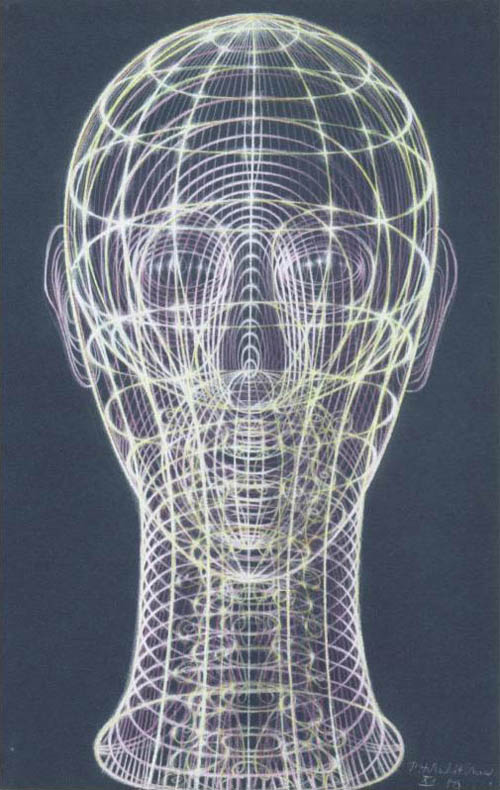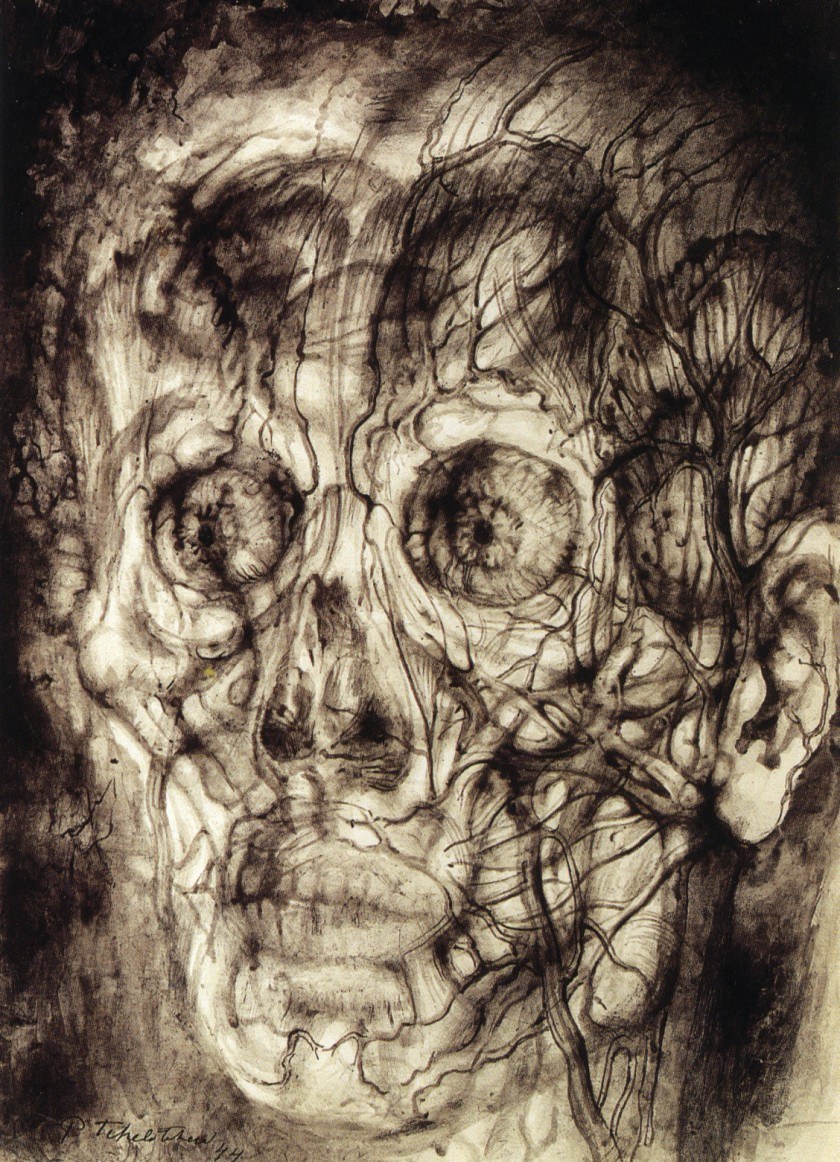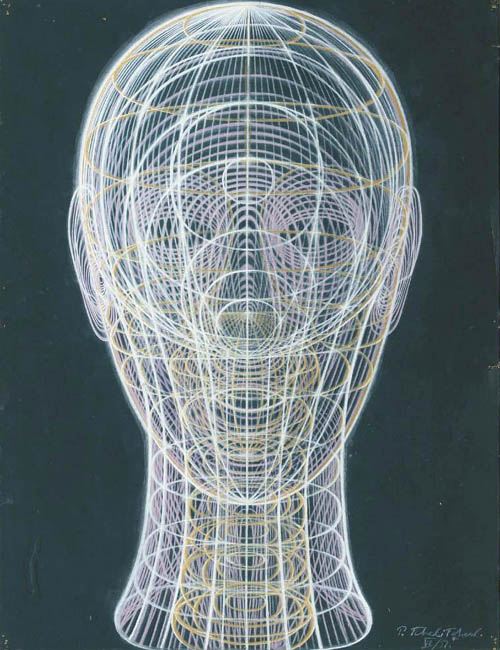[Art] PAVEL TCHELITCHEW
- DENHOLM HEWLETT
- Jan 17, 2023
- 3 min read
The visionary Russian surrealist painter, theatre director and set designer renown for his signature Néo humanistic anatomical drawing style.

Pavel Tchelitchew (1898-1957) constantly experimented and warped the boundaries of art & design, originally developing his drawing techniques after being inspired by the macabre Romanticism of Doré and Vrubel.
“Re-create a forgotten world, a world you have never seen, so that the audience will gasp with surprise." ~ Tchelitchew

In 1920, Pavel left Russia during the revolution and settled in Berlin for a few years, where he found success as a set designer for theatre and opera productions. His career as a ballet designer found him working for theatres as far afield as Buenos Aires and Istanbul from 1919 until the mid-1940s.

After moving to Paris in 1923 he started painting portraits and figures with a restrained colour palette and a fantastical air of reverie and abstraction. In 1926, Pavel Tchelitchew went on to have his work exhibited in Paris with Eugène Berman and Christian Bérard, his fellow Neo-Romanticists.

In 1928, Pavel Tchelitchew had his first one-man headline exhibition in the Claridge Gallery, London. At the same time, Tchelitchew was simultaneously designing sets and costumes for odes, ballet, opera and theatre back in Paris, even performing as a ballet dancer himself in several productions.

The artist later settled in the New York City in 1934 for some years, but continued to spend his summers painting and travelling in Europe, all the while focusing on a more metaphysical approach to painting, this was around the time he began the "interior landscapes" series. He spent most of his later life living and painting in Italy until his death in Rome in 1957.

Pavel Tchelitchew's signature illustrative painting style in the later years combined elements of surrealist portraiture, cubism and anatomical studies to transform and camouflage human faces and bodies into psychedelic mirages of geometric shapes, patterns and landscapes. Pavel Tchelitchew's artistic approach confronts you with the mathematical and the mystical elements of nature, presenting questions on the mesmerising mysteries of mankind and the universe, whilst obscuring any tangible answers from being revealed.

Pavel Tchelitchew's striking collection of ink, pastel and chalk human skull paintings was a project spanning the years of 1943 - 1954 and exhibits the artist at his most experimental and forward thinking. Pavel had a fascination for drawing transparent human skulls and their insides, which he referred to as "interior landscapes". All of his skull paintings feature luminous and anatomically accurate delineations of nerves endings and muscles.

Pavel Tchelitchew utilised the power of abstraction, space distortion and symbolism to explore the inner and outer realms of inanimate objects and living beings from multiple perspectives. The artist's psychedelic skeletal painting series conjures up a sensation of the sacred and the magical, the mysterious, the spiritual and divine energy of mankind, whilst also conveying the internalised darkness of the mentally imprisoned individual, showcasing the seen and the unseen dimensions of human beings and objects. The violent distortions that lays beneath the surface are brought to light through his masterful draftsmanship and visionary imagination.

All of these paintings represent a whole lifetime living with a fragmented psyche, the anxious, joyful, doubtful, hopeful and fearful mind. These paintings encapsulate the feeling of being stuck inside the isolating horrors created by our own turbulent minds, the complexity of the human condition and the unexplained darkness of our imaginations. If you stare at these images long enough, details begin to shift around, like they're almost alive.

“Image is sacred and magical, and cannot be destroyed”

~ Check out this gallery of Pavel Tchelitchew's "Interior Landscape" ~
~ PSYCHIC GARDEN










































![[Music] BETHANY LEY](https://static.wixstatic.com/media/2a7adf_09068d051dd34f36b99c6bf7e5be7261~mv2.jpg/v1/fill/w_980,h_980,al_c,q_85,usm_0.66_1.00_0.01,enc_avif,quality_auto/2a7adf_09068d051dd34f36b99c6bf7e5be7261~mv2.jpg)
![[Photography] SULPHUR MINERS OF KAWAH IJEN VOLCANO](https://static.wixstatic.com/media/78e459_d9434605484c4d9da495c603bf255a3b~mv2.jpg/v1/fill/w_980,h_655,al_c,q_85,usm_0.66_1.00_0.01,enc_avif,quality_auto/78e459_d9434605484c4d9da495c603bf255a3b~mv2.jpg)